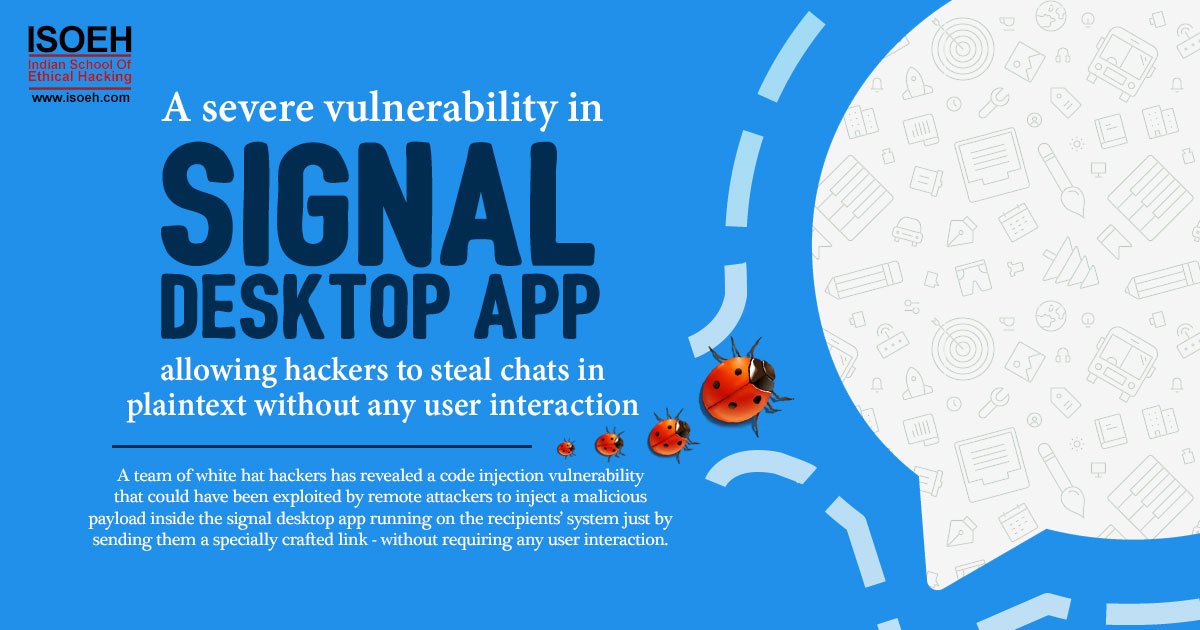
Have you ever received a coding test as part of a job application process? What if that test was a trap to infect your system with malware?
Developers, particularly those in the Python community, are being targeted by a sophisticated new cyber campaign orchestrated by the North Korean hacking group Lazarus. Known for their persistent and advanced tactics, Lazarus is now using fake job recruitment schemes and coding tests to spread malware. This trend, recently highlighted in a spate of attacks, has caught the cybersecurity community's attention, especially as it exploits the eagerness of job-seeking developers.
But what exactly is going on, and how can you protect yourself? Let's break it down.
What is Malware?
Malware, short for malicious software, refers to any software intentionally designed to cause damage to a computer system, server, client, or computer network. Common types of malwares include viruses, trojans, ransomware, and spyware. Once installed, malware can steal sensitive information, disrupt systems, or grant unauthorized access to malicious actors.
The Lazarus Group's Latest Attack: The Coding Test Trap
The latest campaign from Lazarus is centered around fake coding tests, which are typically sent through what seem to be legitimate job offers. According to cybersecurity researchers, the attackers pose as recruiters from reputable companies like Capital One or other financial institutions. They approach developers on platforms like LinkedIn, offering attractive job opportunities. To "prove" their skills, developers are asked to complete a coding test.
These coding tests appear harmless at first glance. However, the tests are embedded with malicious code. Once the developer downloads the test and runs the Python project, it activates a piece of malware designed to steal sensitive information or grant backdoor access to the attacker's servers.
How the Attack Works?
The structure of the attack is simple but effective:
- Bait: Developers receive messages from fake recruiters offering job opportunities.
- Fake Test: They are sent to a GitHub repository containing the coding test, often disguised as a password manager project.
- Execution of Malware: Developers are instructed to fix bugs in the project by running the code. This code execution triggers malware hidden in Python packages like pyperclip or pyrebase. These malicious packages are obfuscated to avoid detection.
- Stealing Information: The malware can contact a command-and-control server to steal credentials, encrypt files, or infect other connected systems.
Why Target Developers?
Developers often have access to sensitive environments, including servers, code repositories, and proprietary business data. If malware infects a developer's machine, the consequences can be far-reaching, allowing the hackers to steal intellectual property, credentials, and even deploy attacks further into an organization's infrastructure. The Lazarus Group, being state-sponsored, has a particular interest in these kinds of high-value targets.
How to Stay Safe?
Here are some steps developers can take to protect themselves from these malicious attacks:
- Be Wary of Unsolicited Job Offers: If you're approached by a recruiter online, especially from platforms like LinkedIn, always verify their identity. Check if the company is actively hiring, and confirm the recruiter's credentials through official channels.
- Avoid Rushing: Many of these tests include instructions with tight deadlines. The urgency is meant to discourage you from examining the code thoroughly. Always take the time to review the code in a secure environment.
- Run Code in a Virtual Machine: If you need to run code as part of a test, do so in a virtual machine (VM) or sandboxed environment. This will isolate the test from your primary operating system and prevent malware from spreading.
- Use Advanced Malware Detection: Tools like Reversing Labs and threat intelligence platforms can help detect malicious packages hidden in code repositories.
- Regularly Update Your Security Knowledge: Stay informed about the latest threats targeting developers. Follow cybersecurity news and updates from trusted sources to ensure you're not caught off guard.
The Evolving Threat of Fake Coding Tests
As the job market for developers continues to expand, so do the tactics used by malicious actors. Fake coding tests are a new and dangerous development in the world of cybercrime. They exploit the eagerness of job-seeking developers while using sophisticated methods to spread malware under the guise of legitimate recruitment processes.
The Lazarus Group's campaign is a stark reminder that, as developers, you need to remain vigilant at every step—especially when the stakes are high. Always verify your sources, and take the necessary precautions to protect both your personal data and the security of your systems.
Hacking Tools
Explore All Hacking Tools »
UFTP is an encrypted multicast file transfer program for secure, reliable & efficient transfer of files. It also helps in data distribution over a satellite link.
Read DetailsBreaking News
Breaking News Of Each Month »
The recent pandemic was unexpected and unknown to most part of the world. It has changed our life and we are slowly adapting to our new lifestyle. The risks associated with the new lifestyle, both personal & corporate, are unknown to most of us.
Read Details















